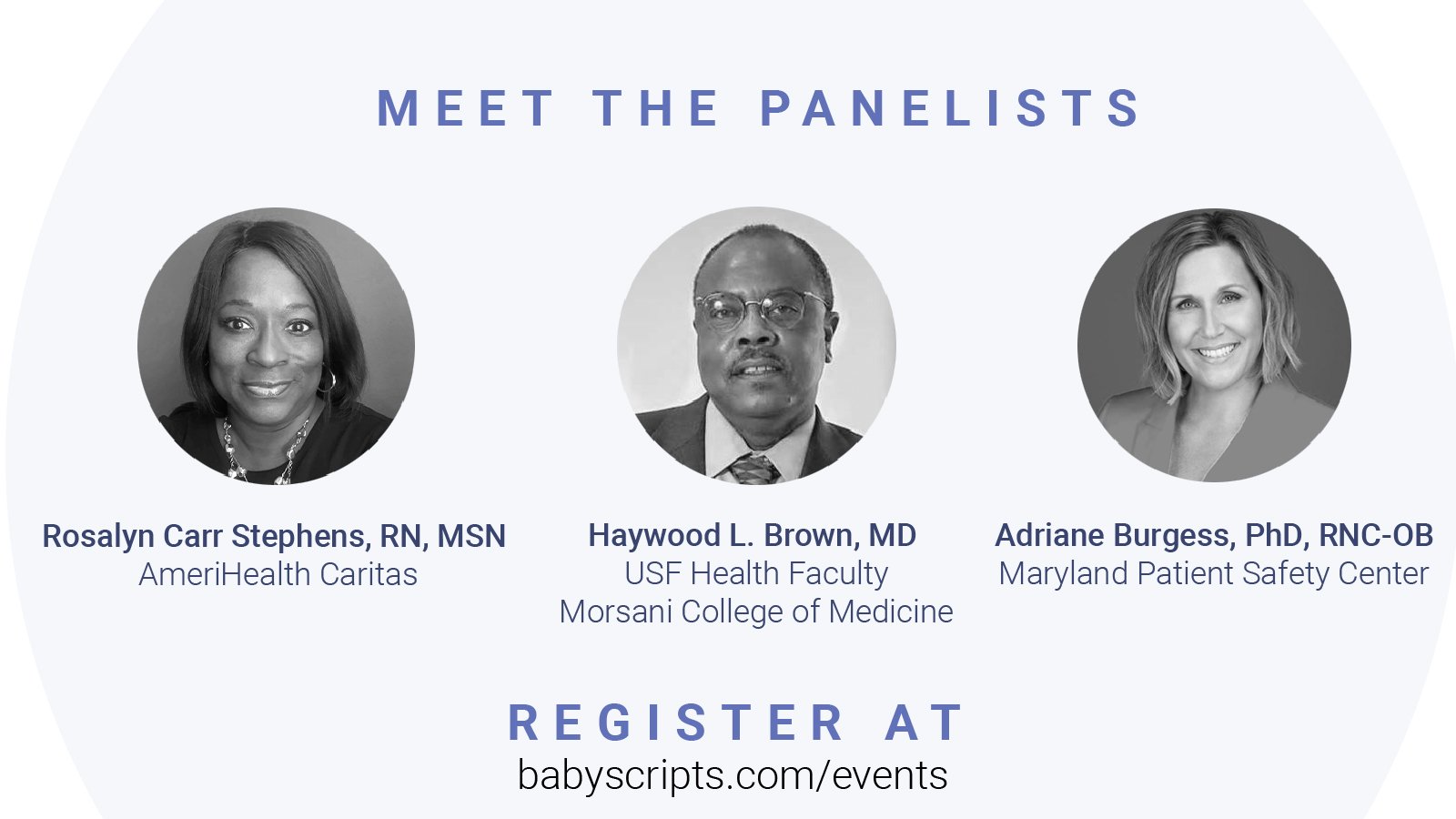The consumer experience of the digital world is steeped in personalization. Smart-TVs, e-commerce platforms, streaming services -- these consumer-facing tools leverage data around user preferences and habits to optimize the user experience and drive greater engagement.
They anticipate user needs, alert them to new resources that correspond to their habits, offer them options that they might not have known were available to them.
Digital tools have the potential to do the same for maternal health.
Maternal health is a domain primed for individualized care. Every pregnancy is distinct, each follows a unique trajectory. Moreover, insights gained during the prenatal period can often foreshadow aspects of both the delivery and postpartum experiences. But short of having a 1:1 ratio of providers to patients (a pipe dream in any scenario, but particularly in this world that is suffering from a provider shortage) -- delivering a personalized care plan for each pregnancy seems like an impossibility.
That's where technology comes into play. With smart device-generated data and analytics, providers and other stakeholders like health payers can leverage a patient's data repository to guide them on a care path tailored to their preferences and behaviors, without the time-consuming process of manual data analysis.
Here's how Babyscripts is using smart devices to change the landscape:
Continuous data collectioN
With remote patient monitoring tools like an internet-connected blood pressure cuff, patients can record biometric data at their convenience, independent of a provider's availability. These tools outperform traditional methods in data collection, and have been shown to improve adherence to recommended guidelines and improve health equity.
When connected to healthcare providers through electronic medical records (EMRs) or data networks, these tools provide a more comprehensive view of patients than in-office visits. They also offer immediate insights into deviations from established healthcare thresholds that might otherwise go unnoticed, creating the opportunity for more effective intervention.
Patients can also record other data points, including social and behavioral risks, to offer a more holistic profile of their individual health and create the opportunity for stakeholders to surface resources and connect them to the appropriate channels for support.
Statistical analysis
Collecting more data more frequently might seem burdensome, but Babyscripts resolves that concern with data analysis tools. With plenty of computing power available from large cloud service providers to assist; a rules engine, regression-based analysis, or basic statistical analysis can sift through vast datasets and uncover subtle patterns and anomalies. In this way, actionable data can be surfaced in near real-time, automating processes that would take weeks of manpower to complete manually and eliminating the potential for human error.
Predictive models
With remote monitoring and digital assessments available to the patient at their own convenience, health issues can be uncovered that traditional methods might miss. These tools can also be used to develop predictive models for anticipating health risks. Traditionally, healthcare has been reactive rather than preventative, resulting in inefficiency and high costs. By analyzing historical data and trends, providers and payers can gain better insight into population health. They can intervene proactively with targeted resources and benefits to encourage healthy behaviors, and prevent adverse health outcomes.
Babyscripts has recently introduced Care Pathways as one method of leveraging patient behavior to personalize and improve quality of care. Care Pathways are automated and evidence-based plans that dynamically guide the patient journey in response to patient-generated needs or risks -- for example, if a patient logs a symptom that shows they are at a higher risk for preeclampsia, Babyscripts will automatically surface education about preeclampsia and information around low-dose aspirin adherence, aligned with ACOG and USPSTF guidance. Efficiencies like these are paving the way for a personalized healthcare experience akin to consumer tech.
By harnessing data from mobile and connected devices and employing advanced analytics, we can develop smarter systems to identify risks and initiate timely interventions: a critical opportunity in a field where 80% of maternal deaths are preventable. When implemented on a broader scale, such an approach can also address some of the significant access-to-care challenges prevalent in today's maternal health landscape.
Want to learn more about maternal risk identification and opportunities for personalized care through digital tools? Join us on October 25 at 3PM ET for Q&A and a panel discussion focused on risk identification in maternal health with payer, provider and quality perspectives. 

Submit a comment